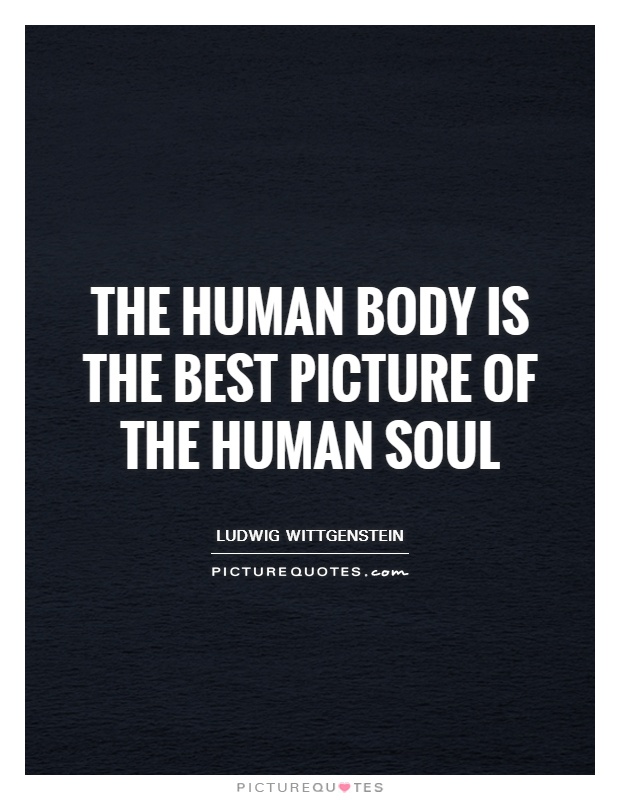The human body is the best picture of the human soul

The human body is the best picture of the human soul
Ludwig Wittgenstein, a renowned philosopher of the 20th century, is known for his profound insights into language, logic, and the nature of human understanding. One of his lesser-known but equally intriguing ideas is the concept that "the human body is the best picture of the human soul." This statement, while seemingly simple, carries deep implications about the relationship between the physical and the metaphysical aspects of human existence.Wittgenstein believed that the human body serves as a mirror of the soul, reflecting its innermost thoughts, emotions, and desires. Just as a painting or a photograph can capture the essence of a person's character, the body, with all its physical features and expressions, reveals the inner workings of the soul. In this sense, the body is not just a vessel for the soul but a manifestation of it, a tangible representation of the intangible essence that defines a person.
For Wittgenstein, the body is not just a passive object that houses the soul but an active participant in the expression of the self. Through gestures, facial expressions, and bodily movements, the body communicates the thoughts and feelings that lie beneath the surface. In this way, the body becomes a canvas on which the soul paints its truest self, revealing its joys, sorrows, fears, and desires to the world.
Moreover, Wittgenstein's idea suggests that the body and soul are not separate entities but interconnected aspects of a unified whole. Just as a painting is inseparable from the canvas on which it is painted, the soul is inseparable from the body through which it is expressed. This unity between body and soul challenges traditional dualistic views of human nature, which posit a strict separation between the physical and the spiritual.












 Friendship Quotes
Friendship Quotes Love Quotes
Love Quotes Life Quotes
Life Quotes Funny Quotes
Funny Quotes Motivational Quotes
Motivational Quotes Inspirational Quotes
Inspirational Quotes